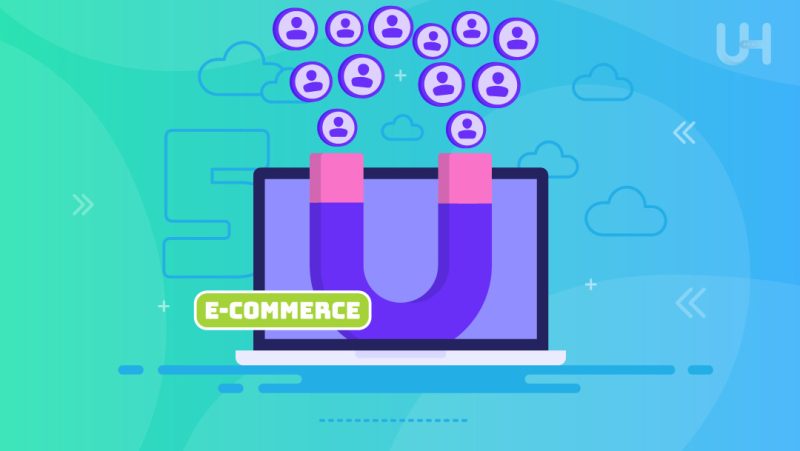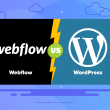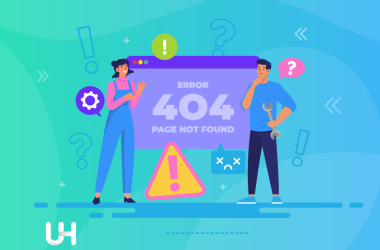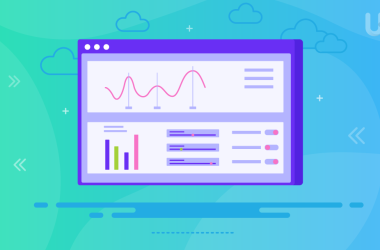You’ve developed your product, built your website, got your stock, and now you’re just waiting for the sales to come in… And you’re waiting, and waiting, and waiting, and now you’re starting to worry. It sounds like you need to find ways of driving traffic to your e-commerce business. E-commerce business is big and there’s a lot of money to be made by trading goods online. Retail e-commerce sales are expected to reach over 8.1 trillion U.S. dollars by 2026.
However, driving traffic can be a real obstacle for new businesses. Even well-established websites go through dry periods and will occasionally need to invest in traffic-generating and sales lead tools. That’s why if you’re the owner of an e-commerce business, it’s always worthwhile to have a few traffic-boosting tricks up your sleeve. Luckily, that’s just what you’ll find in this article.
Here, we’ll run through the fundamental building blocks of every effective marketing campaign for e-commerce businesses, lay out the strengths of each, and offer some actionable tips on how to deploy these marketing strategies.
Search Engine Optimization (SEO)
Surely, every marketer working in e-commerce business knows what search engine optimization (SEO) is by now. SEO is the practice of optimizing your website’s content and structure to rank higher in search engine results pages (SERPs). Essentially, strong SEO allows your website to appear at least on the first page, ideally in the first few rankings when potential customers search for products or information related to your business.
It involves keyword research, on-page optimization, link building, and content creation. The advantage of SEO is its long-term sustainability; once you achieve higher rankings, you can attract organic traffic without ongoing ad costs. However, it’s by no means a once-and-done strategy. Your strategy needs regular updating to keep on top of algorithm changes and high levels of competition.
Pros
- Long-term Sustainability – It provides consistent traffic over time as your website ranks higher in search engine results.
- Targeted Traffic – By optimizing for specific keywords related to your products, you can attain high intent insurance leads and attract visitors who are actively looking for what you offer.
- Cost-Effective –Compared to paid advertising, SEO can be more cost-effective in the long run.
Cons
- Time-Consuming – SEO is not a quick fix; it requires ongoing effort to achieve and maintain high rankings.
- Algorithm Changes –Search engines frequently update their algorithms, which can affect your rankings.
- Competitive –Depending on your niche, you may face stiff competition for top keywords.
Actionable tips
- Conduct keyword research to identify relevant keywords and phrases.
- Utilize hosting optimized for SEO, for example UltaHost’s SEO VPS
- Optimize your website’s meta tags, content, and images with targeted keywords.
- Build backlinks from reputable websites to improve your site’s authority.
- Regularly monitor and analyze your SEO performance using tools like Google Analytics and Search Console.
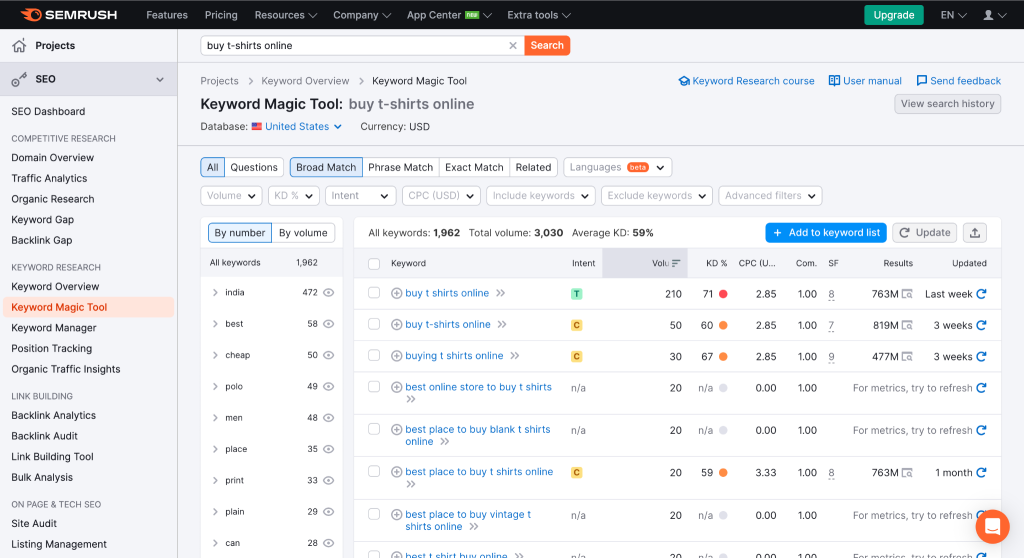
Content Marketing
People are more likely to buy from you if they see you as an authority in your niche. Let customers know you’re an expert in your field! Content marketing revolves around creating valuable and informative content that addresses your target audience’s needs and interests. This content can take various forms, such as blog posts, videos, infographics, or podcasts.
The idea is to establish your brand as an authority in your niche and drive engagement from existing and potential customers. Providing fresh, relevant material is also a key part of SEO, so it’s best these two are implemented in tandem. Content marketing builds trust, generates shares on social media, and boosts brand awareness. The drawback is, once again, it is a time-expensive process. Also, similar to SEO, it will take time before you start seeing results.
Pros
- Establish Authority –Creating informative and engaging content helps you position your brand as an authority in your industry.
- Shareability –High-quality content is more likely to be shared on social media, increasing your reach.
- Improved SEO – Fresh, relevant content can boost your search engine rankings.
Cons
- Time-Intensive –Producing quality content takes time and effort.
- Results Take Time – Content marketing often requires patience before you see a significant increase in traffic.
- Constant Demand – To maintain traffic levels, you need to consistently produce valuable content.
Actionable tips
- Identify your target audience’s pain points and interests to create content that resonates with them.
- Diversify your content types, including blog posts, videos, infographics, and podcasts. Remember that the quality content matters.
- Encourage user-generated content and reviews to build trust with potential customers.
- Analyze the performance of your content to refine your strategy over time.
Social media marketing involves utilizing platforms like Facebook, Instagram, Twitter, and LinkedIn to reach and engage with your target audience. These platforms offer a vast user base, making them ideal for establishing a new brand and boosting customer interaction. Social media also allows for highly targeted advertising.
However, you should be prepared for algorithm changes, which can impact your reach, and it’s a competitive space. The costs can vary, with organic efforts being free but paid promotion potentially becoming costly.

Pros
- Wide Reach – Social media platforms have billions of active users, allowing you to tap into a vast audience.
- Engagement – Interacting with your audience on social media can build strong customer relationships.
- Targeted Advertising – Platforms like Facebook and Instagram offer highly specific ad targeting options.
Cons
- Platform Changes – Social media algorithms and features can change frequently, affecting your reach.
- Competitive –Many businesses are active on social media, making it challenging to stand out.
- Paid Promotion Costs –While organic social media efforts are free, paid advertising can become costly.
Actionable tips
- Choose the social media platforms most relevant to your target audience.
- Consistently post engaging content and interact with your followers.
- Collaborate with influencers in your niche to expand your reach.
- Use analytics tools provided by social media platforms to track the performance of your campaigns.
Email Marketing
Email marketing is how you capture leads and turn them into loyal customers. It is a direct communication channel with your customers and prospects. It involves sending personalized and relevant emails to your subscribers to nurture leads, drive sales, and build relationships.
The strength of email marketing lies in its ability to provide a high ROI and email marketing automation tools for efficiency. However, there’s a risk of overuse, which can lead to unsubscribes or being marked as spam. To lower this risk use a reliable Email Hosting server.
Additionally, utilizing the top email analytics tools can help you track the performance of your email campaigns, providing valuable insights into open rates, click-through rates, and conversion rates. This data allows you to refine your email marketing strategy for better results.
Pros
- Direct Communication –Email allows you to communicate directly with your customers and potential customers.
- High ROI –Email marketing often has a high return on investment (ROI) compared to other marketing channels.
- Automation –You can automate email sequences to nurture leads and drive sales.
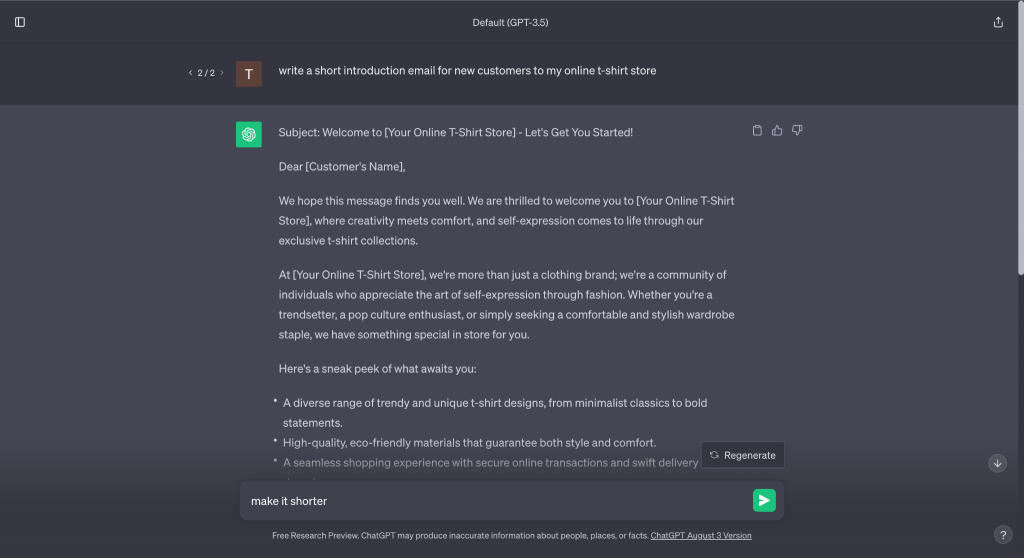
Cons
- Overuse Risk –Sending too many emails or irrelevant content can lead to unsubscribes or being marked as spam.
- List Building Takes Time – Building a substantial email list takes time and effort.
- Open Rates Vary –Not all recipients will open or engage with your emails.
Actionable tips
- Build a quality email list by offering incentives like discounts or valuable content in exchange for sign-ups.
- Segment your email list to send personalized, targeted content to different groups of subscribers.
- Use the best mail delivery services and automate email sequences for abandoned cart reminders, welcome series, and post-purchase follow-ups.
- Monitor email campaign performance and A/B test different elements to optimize results.
Pay-Per-Click Advertising (PPC)
PPC advertising allows you to display ads for your products or services on search engines and other platforms, paying only when users click on your ad. It provides immediate results and precise targeting options based on keywords, demographics, and location. However, PPC can be costly, especially in competitive industries. Ad fatigue can also become an issue over time.
Pros
- Immediate Results – PPC campaigns can start driving traffic to your site as soon as they are launched.
- Precise Targeting – You can control who sees your ads based on keywords, demographics, and location.
- Measurable ROI – PPC platforms provide detailed analytics, allowing you to track your return on investment.
Cons
- Costs – PPC can be expensive, especially in highly competitive industries.
- Learning Curve – Effective PPC management requires knowledge and experience to maximize ROI.
- Ad Fatigue – Over time, users may become less responsive to your ads.
Actionable tips
- Start with a clear budget and carefully select keywords relevant to your products.
- Write compelling ad copy and create eye-catching visuals to increase click-through rates.
- Continuously monitor and adjust your campaigns based on performance data.
- Consider remarketing campaigns to re-engage previous visitors who didn’t make a purchase.
More Traffic, More Leads, More Growth
Your online store might offer fantastic products and have a stunning design, but without a steady stream of traffic, your business will struggle to thrive. Driving traffic to your e-commerce business requires diligence, consistency, and a multi-faceted approach.
Each of these five strategies – SEO, content marketing, social media marketing, email marketing, and PPC advertising – has its own set of advantages and disadvantages. Each strategy can contribute to driving traffic to your e-commerce business, but to maximize your success, it’s best to combine them.
By carefully implementing these strategies as part of a comprehensive marketing strategy, you can ensure a steady flow of traffic to your online store and, ultimately, boost your sales and revenue.
Ready to take your e-commerce business to the next level? Unlock the potential of your online store hosting from Ultahost. With lightning-fast speeds, secure servers, and 24/7 support, Ultahost ensures your website is always up and running smoothly.





